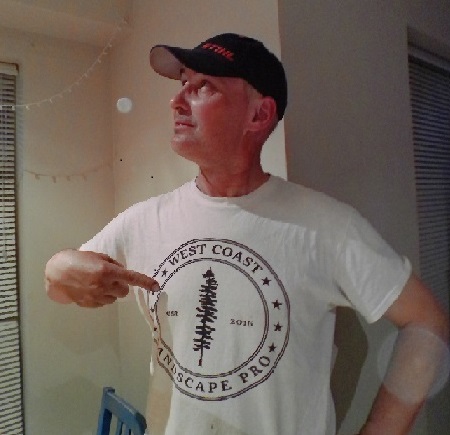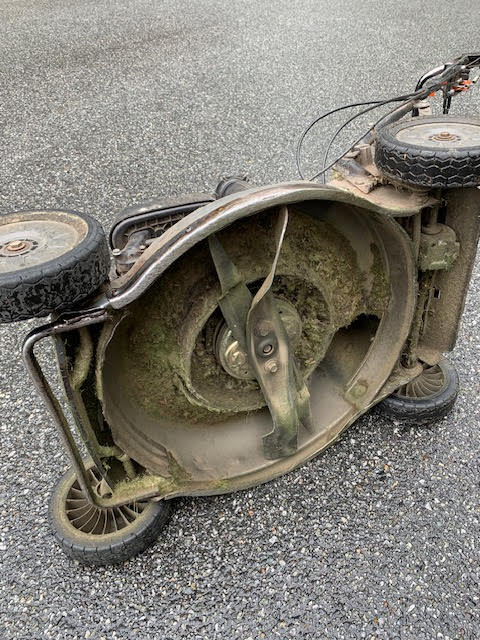Deals!
I know that some people frequent garage sales where they buy stuff they then flip for profit online. I’m not one of them, not yet. But this morning I made the forty-five minute drive into Vancouver to visit a garage sale put on by a retired professional gardener.
A few hours later flurries would come down so it was a cold morning but I had fun visiting another gardener and ISA certified arborist. This gentleman ran his own gardening company for over thirty years, servicing well-to-do residences in Vancouver. He never had more than four employees.
So now what, I asked him. It turns out he discovered his second act: he’s working as a tourist guide in Vancouver and sharing its history! That’s definitely less taxing physically; and he’s enjoying himself.
Greed and unaffordability
The current housing situation in British Columbia and the rest of Canada is horrendous. It turns that our retired gardener got a “renoviction” notice last fall to move out by February 2024. Thus the garage sale.
Having lived at the house for the past nine years means that his rent was probably very low and affordable. So the landlord is moving back in, allegedly. But I say they will eventually rent the place out at 35% more. And finding a new place to live for a seventy-plus retired gardener must be a nightmare.
Last year my own landlord openly, and illegally, emailed me with a 35% rent increase, saying I should be paying “market rates”. Oh, the beauty of greed! Laws only permit 3% annual rent raises. Yes, the market has gone nuts.
Here we go, 2024
So now I have to make more money to cover a huge rent increase, like the rest of Canada’s renters. That’s why I combed through the garage sale for items that would help my own one-man company. And I found some. Let’s see:
An 8′ landscape ladder in great condition for cheap was a huge score for me. I will eventually need bigger ladders like 10′ and 12′ but this baby will do for now.
Old tarps. Now I know that sounds a bit sketchy but new green waste tarps are fairly expensive. It was nice to score a few.

I also scored a STIHL safety helmet with earmuffs and a shield. It’s nice to have a back-up unit; or I might sell it later. It has a nice ISA certified arborist sticker on it.
Five and ten litre jerry cans will also come in handy; and so will another hard rake in great condition. Wooden tools eventually break.
Afternoon flurries
By the time I got home the flurries were annoying so I changed my plans. I went home to compose blog posts like this. I still have Sunday and Monday to hustle.
It’s important to stay flexible and resilient. Careers end, rents go up, the weather turns ugly. Change is constant so get ready. I’m looking forward to 2024. Are you?




















